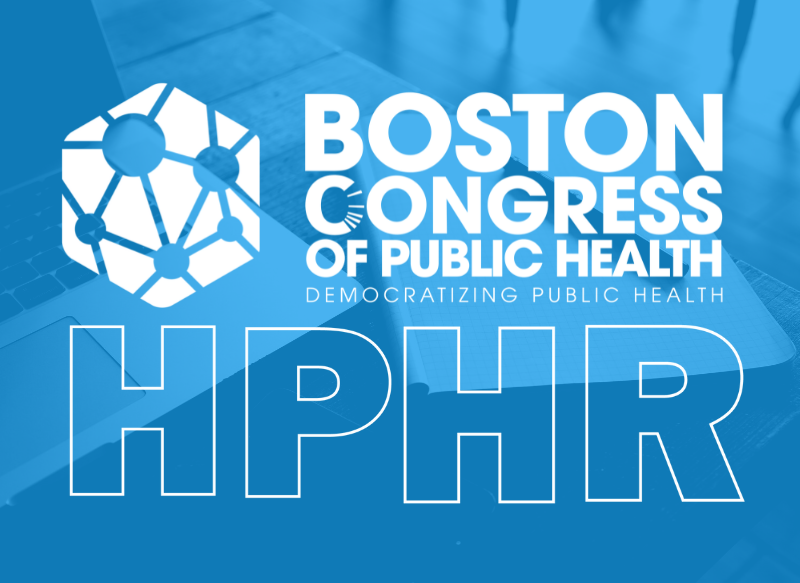In 1906, a mercurial and idiosyncratic young author plowed quixotically against an industrial giant. At a time when beef industry leaders bribed government inspectors and kept with impunity, unsanitary, and incorrigible food processing conditions, 26 year old Upton Sinclair immersed himself among the immigrant workers of Chicago’s meat packing plants and from that experience wrought a narrative so nauseating that soon after publication, the Pure Food and Drug Act would be signed into law by an aghast President Theodore Roosevelt (1,2). That law was the first to acknowledge the dissonance between productivity and progress, particularly when it comes to industry and human consumption and was pivotal in establishing the regulation of food and medication that exists today. While The Jungle, Upton’s treatise, would become an influential volume of history, the struggle between industry and the general welfare would only continue as the forces of capital and the public good remain locked in an animus waltz.
Technology (Tech) has wrought undeniable advances for society, particularly in healthcare. Yet, for all these advances, Tech, as we understand it today, is still a consumable good with both potential benefits and harms as significant as those exposed in The Jungle (1,3). The zeitgeist around tech, its insidious integration into daily life, and the narrative of unbridled progress perhaps blind us to these dangers, particularly when it comes to public health (4).
Writing as both a physician and someone who works in the tech space, I hope to explore the risks and benefits of the Health Tech industry, and facilitate a call to action of accountability and dedication to sustainable global health outcomes. In this first post, we will set the frame for understanding what health tech is and its implication in global health today.
Health Technology is defined by the WHO as “the application of organized knowledge and skills in the form of devices, medicines, vaccines, procedures and systems used in the healthcare industry (5).” For the scope of this blog series, we are specifically focusing on the rise in digital health technologies, which have seen explosive growth in the wake of the COVID-19 pandemic. Digital health technologies can be broken down into the following categories:
By the year 2030, it is estimated that there will be a global shortage of over 15 million healthcare workers. Disproportionate geographic and socioeconomic distribution of healthcare workers and resources will likely further compound this dearth of healthcare workforce (10). Numerous entities both private and public have recognized the role of digital health technologies in overcoming these barriers. In 2021 the government of France announced a 650 investment to expand infrastructure in support of digital health technologies (10). In addition to overcoming obstacles, the improvement in hardware, wearables, and rise of 4G/5G internet has laid the groundwork for numerous opportunities to provide novel solutions to existing health industry challenges.
Global Digital Health has a global footprint of $211 billion. From 2023 to 2023, the size of the Health Tech market share is expected to grow by 18.6% (10). While North America accounts for most of the Digital Health industry presence with 44.3%, the fastest growth in this industry is occurring in the Asia/Pacific Region (10, 11) driven by the rising demand for Telehealth in remote areas of the region. In fact, as of 2019, digital health made up 10.7% and 5.4% GDP of Japan and China respectively (10).
In a 2020 report, the WHO released its Global Health Strategy on Digital Health 2020-2025. This roadmap provided an outline for countries to develop a digital health framework and emphasized the importance of digital health technologies in strengthening both health equity and accessibility (5). The WHO estimates that non-communicable diseases (chronic conditions such as cardiovascular disease, cancer, endocrine disorders) cost 41 million lives annually with the largest share of those disproportionately occurring in low/middle income countries (12). The ability to use mHealth wearables and provide digital care in regions lacking traditional healthcare infrastructure may reduce burden of illness and healthcare costs significantly in the coming decades. The United Kingdom’s National Health Service has recorded a 21% increase in the utilization of their telemedicine service (13). With an aging global population and an anticipated 1.5 billion persons over the age of 65 by 2050, more and more individuals may require a care model that accounts for their physical and geographic limitations (5,13,14).
All Health Tech relies on a common denominator: Data. Specifically, patient data. This information ranges from age, location, personal identifiers to health conditions, behaviors, and geographic location (14,15) . In tandem with the rise of Digital Health interventions, cybercrimes resulting in ID theft have also risen. In 2021 alone, a 73% increase in cybercrime targeting digital health companies resulted into the personal data of twelve billion patients being compromised (10). Additionally, there is the risk that the collection and interpretation of data mirrors the inequity that already defines disparities in health across the planet (16, 17). For example, only 30% of Sub-Saharan Africa has broadband internet access compared to 91% of the United States (2). This discrepancy not only impacts recipients of care, but also ensures that input of data driving care remains WEIRD (Western, Educated, Industrial, Rich, and Developed). In addition, the variable stability of health tech companies has the potential to threaten sustainability of care delivery with an average survival of 7.7 years (17).
As former National Institutes of Mental Health director Thomas Insel pointed out in a recent article in Stat News, no single entity in the United States or abroad has complete jurisdiction over regulating the Health Tech industry (2). The WHO global roadmap encourages a multilateral approach including public-private partnership in establishing digital health infrastructure that ultimately benefits patients and communities (2).
Current inflation and the rise of A.I. technologies further fuel investment by private entities in health tech and increase pressure on governments to adapt to economic realities of healthcare (19,20) However, given that the field is largely driven by private companies and venture capital, how do we reconcile an equitable future when profit and return on investment drive implementation of care? In my next post, we will explore the possibilities of multilateral solutions and the gambit of for profit health tech startups becoming the future of health systems.
The mission of the Boston Congress of Public Health Thought Leadership for Public Health Fellowship (BCPH Fellowship) seeks to:
It is guided by an overall vision to provide a platform, training, and support network for the next generation of public health thought leaders and public scholars to explore and grow their voice.





